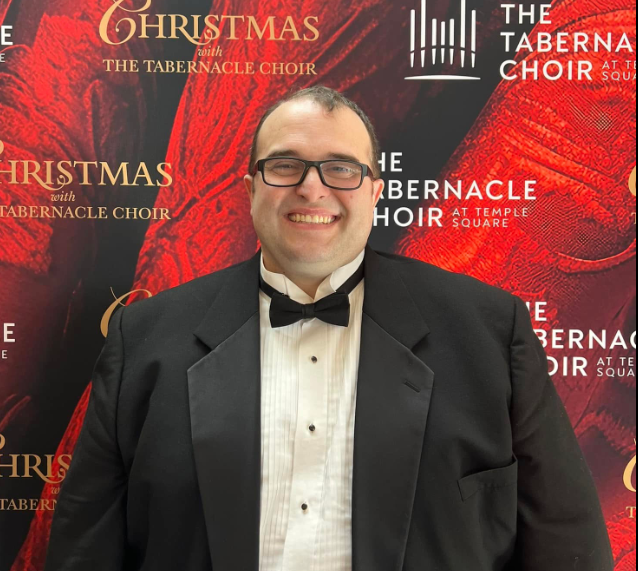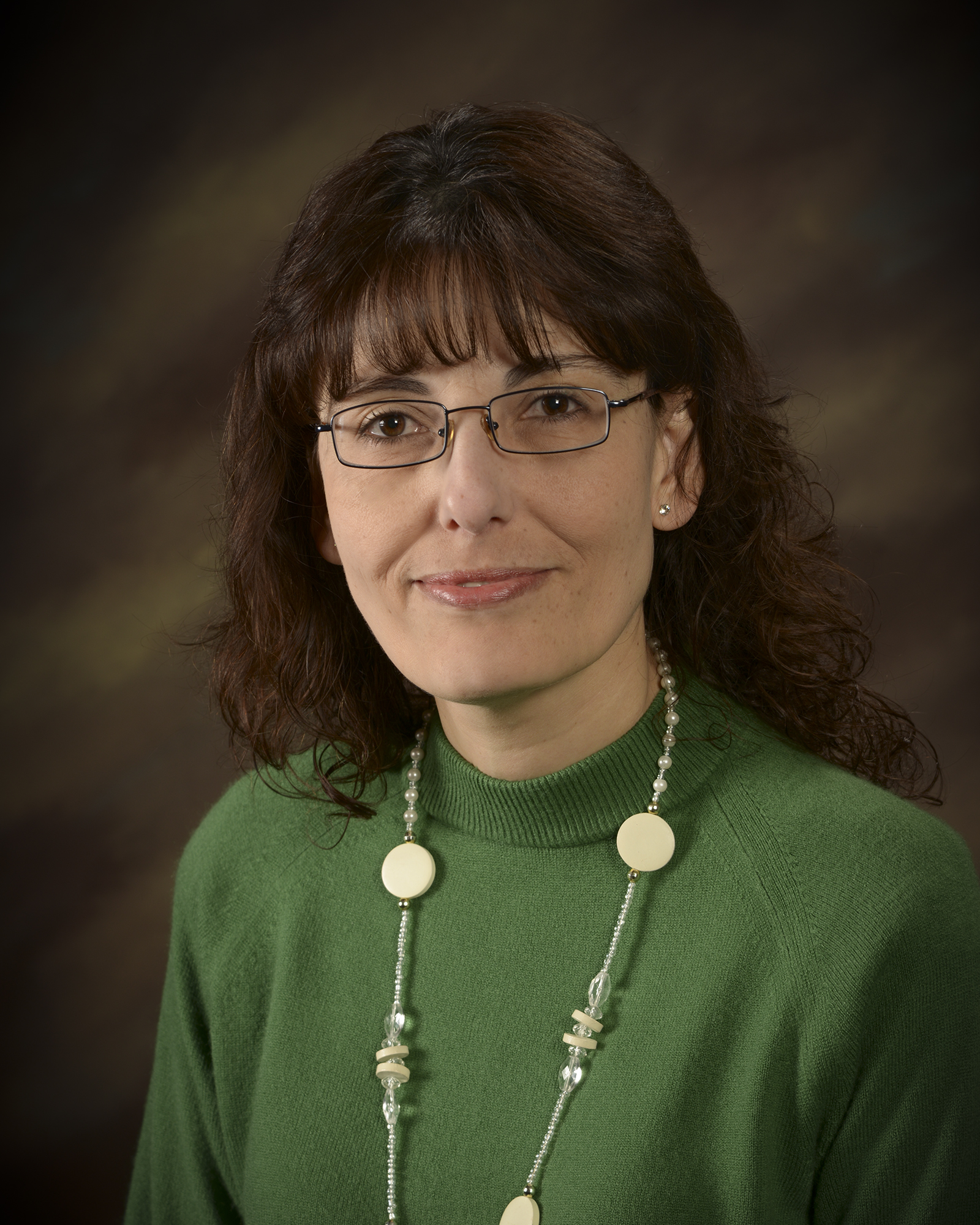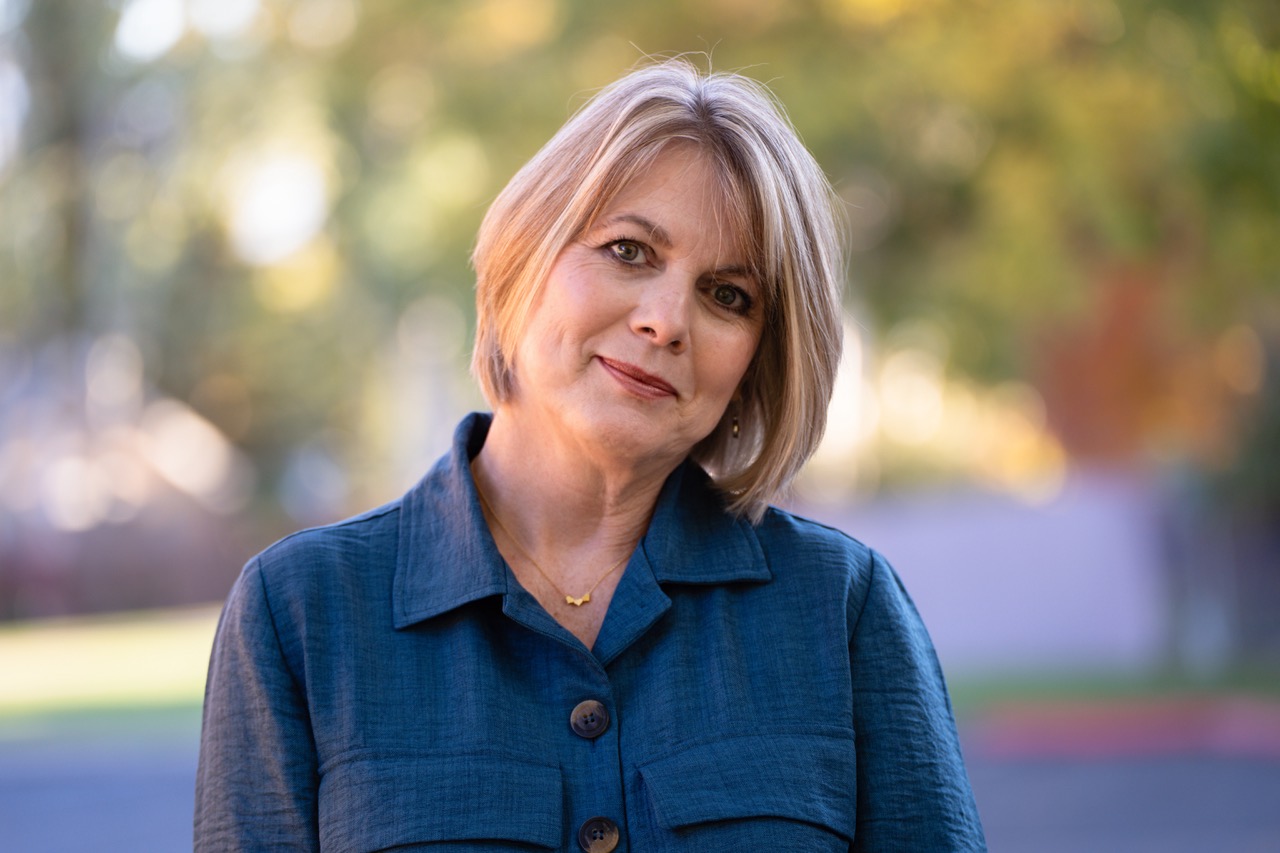Where Science and Faith Converge: Insights from Dr. Jamie Jensen on Embracing Uncertainty and Evidence

Dr. Jamie Jensen brings a rare blend of rigorous scientific training and deep religious conviction to her work as a professor of biology at Brigham Young University. Over her 14-year tenure in the biology department, she has developed a research program in discipline-based education that zeroes in on how students integrate scientific concepts—like evolution, climate change, and vaccines—with their spiritual beliefs. As president-elect of the Society for the Advancement of Biology Education Research (SABER) and a member of the Smithsonian’s Human Origins Program social impacts committee, Jamie stands at the leading edge of conversations about the compatibility of faith and science.
In this recent episode of the Why We Believe Show, host Nathan Gwilliam sits down with Dr. Jensen to explore the question that often lurks beneath public debates:
Can the methods and findings of modern science coexist with deeply held religious convictions?
Their dialogue ranges from the philosophical — examining the many differing “ways of knowing” — to the deeply personal, as Jamie recounted moments of near-loss and heartbreak that shaped her approach to both prayer and peer-reviewed studies.
Their conversation offers practical guidance for anyone wrestling with perceived conflicts between empirical evidence and spiritual testimony. Whether you are a student grappling with doubts about evolution, a believer seeking new avenues for revelation, or simply curious about how logic and devotion can inform one another, this episode provides a roadmap for building a resilient, evidence-based faith.
1. Distinct Ways of Knowing: Epistemology in Science and Religion
Understanding the roots of perceived conflict often begins with clarifying terminology. Dr. Jensen highlights the concept of “epistemology” — the study of how we come to know anything — as a foundational lens for distinguishing science from religion.
Science asks "HOW" things happen: How old is the Earth? What mechanisms drive evolutionary change?
Religion, on the other hand, addresses "WHY"—questions of purpose, moral meaning, and divine agency that fall outside empirical measurement.
By acknowledging these different purposes, we can avoid pitting one “way of knowing” against another.
One practical consequence of this distinction is recognizing when questions have strayed beyond their proper domain. For example, asking science to prove or disprove divine purpose misplaces the tools of hypothesis, measurement, and replication. Conversely, demanding religious texts to specify molecular pathways misunderstands the role of scripture in providing moral and spiritual guidance. According to Jamie, many students and even seasoned scholars fall into the “GOD - of - the - GAPS” trap—invoking divine intervention only where science currently lacks an answer—only to see their beliefs shaken when a new discovery fills that gap.
Reconciliation becomes far more accessible when we respect these boundaries. Jamie recommends that learners pause to identify which epistemology best suits the question at hand. By doing so, they can appreciate the strengths and limitations of each approach, rather than conflating them. Over time, this clarity fosters a more nuanced understanding of both empirical evidence and spiritual revelation, allowing them to reinforce—not undermine—one another.
2. Navigating Uncertainty: Turning Doubt into Opportunity
Uncertainty is often framed as a weakness—especially in academic settings that prize definitive answers. Dr. Jensen recalls her own journey from believing that textbooks contained all the answers to realizing, in graduate school, just how much of it all remains unknown and undiscovered. This pattern mirrors many spiritual seekers, who may feel crisis when confronted with doctrinal ambiguities or unanswered prayers. Yet Jamie argues that uncertainty is not only inevitable but also an essential catalyst for deeper faith and understanding.
When students come to her office overwhelmed by conflicting information, her first piece of advice is simple: pause and breathe. They’re usually missing some crucial piece—whether a nuanced scientific study or a personal spiritual practice—that can shift their perspective. Rather than rushing to a verdict of “this must be false,” she encourages them to inhabit the space of “I don’t know yet.” This agnostic stance is powerful because it resists premature closure and welcomes further investigation.
Here are three steps Jamie recommends for embracing uncertainty:
Identify knowledge gaps by listing questions that remain unresolved.
Seek reputable sources—academic papers, subject-matter experts, or spiritual mentors—to gather more information.
Practice reflective patience through prayer, journaling, or discussion, allowing time for insights to emerge.
By reframing doubt as a doorway rather than a dead end, learners cultivate resilience in both their intellectual and spiritual lives.
3. Science as a Pathway to Divine Guidance
For many, spiritual confirmation arrives as emotional warmth or a “burning in the bosom,” like feeling. However, Dr. Jensen, while talking about her personal experiences towards divine promptings, shares that, they are fueled through logic and evidence. She describes instances when her prayers were answered not by mystical visions but by timely research articles or expert referrals—what she calls “angels here on Earth.” This approach transforms science into a language in which she feels God communicating, effectively bridging her professional expertise and personal faith.
A poignant example unfolded when Jamie faced a life-threatening complication during her second pregnancy. Diagnosed with placenta previa and a rare condition called a succenturiate lobed placenta, wherein she had octopus-like placenta structure, she was told her chances of future children were slim. Instead of waiting passively, she prayed for guidance and then combed through medical literature, connecting with leading surgeons and specialists around the globe. Each successful surgery felt like an answer to her prayer, illustrating how rigorous scientific inquiry and spiritual trust can operate in tandem. Her story invites a broader question: What happens when we expect divine help but ignore the available tools?
By actively engaging the scientific process—hypothesis testing, expert consultation, iterative learning—Jamie shows that faith need not sideline critical thinking. Rather, integrating research methods into spiritual decision-making can yield tangible blessings and reinforce confidence in divine partnership.
4. Building a Resilient Testimony Through Evidence
Dr. Jensen’s vision of faith is grounded in evidence of different kinds. She draws a parallel between accepting evolutionary biology on the basis of robust fossil records and cultivating a spiritual testimony through consistent patterns of revelation. Just as scientists collect data points from sedimentary layers or DNA sequences, believers accumulate spiritual “data” through prayer, service, and scripture study. Over time, these data form a compelling body of evidence that sustains conviction.
This evidence-driven approach also surfaces in Jamie’s early experience helping a friend decide whether to join her church despite familial opposition. Rather than offering platitudes, she fasted, prayed, and reflected until she received a clear sense of confirmation. She then shared not only her conclusion but also the reasoning process—how spiritual witness emerges through disciplined seeking. This transparency highlights how methodical practices can strengthen testimony without requiring a suspension of critical inquiry.
Putting evidence at the center of faith doesn’t mean abandoning wonder or surrendering to cynicism. Instead, it reframes belief as an ongoing, interactive journey. Just as scientists refine theories in light of new findings, believers can adjust understandings in response to fresh spiritual insights. This dynamic model fosters growth, resilience, and a richer appreciation for both the mysteries of the universe and the grace that sustains us.
5. Enriching one another
Dr. Jamie Jensen’s conversation with Nathan Gwilliam illuminates a path where science and faith not only coexist but actively enrich one another. By delineating the distinct roles of different epistemologies, embracing uncertainty as a gift, and viewing scientific inquiry as a form of spiritual dialogue, she offers both students and believers a toolkit for navigating life’s most profound questions. Her personal stories—from heartbreaks and health crises to academic achievements—underscore the practical power of integrating logic with devotion.
If you’ve ever wondered how to reconcile empirical knowledge with spiritual conviction, this episode is a must-listen.
Join the Why We Believe Show to hear the full discussion, and consider sharing it with friends who might find encouragement in evidence-based faith. Don’t forget to subscribe, leave a review, and stay tuned for future conversations that bridge the realms of science, faith, and the human experience.
Related Blog
Related Blog
Subscribe to our newsletter and receive new episodes sent straight to your inbox.







Comments